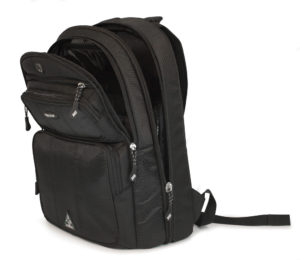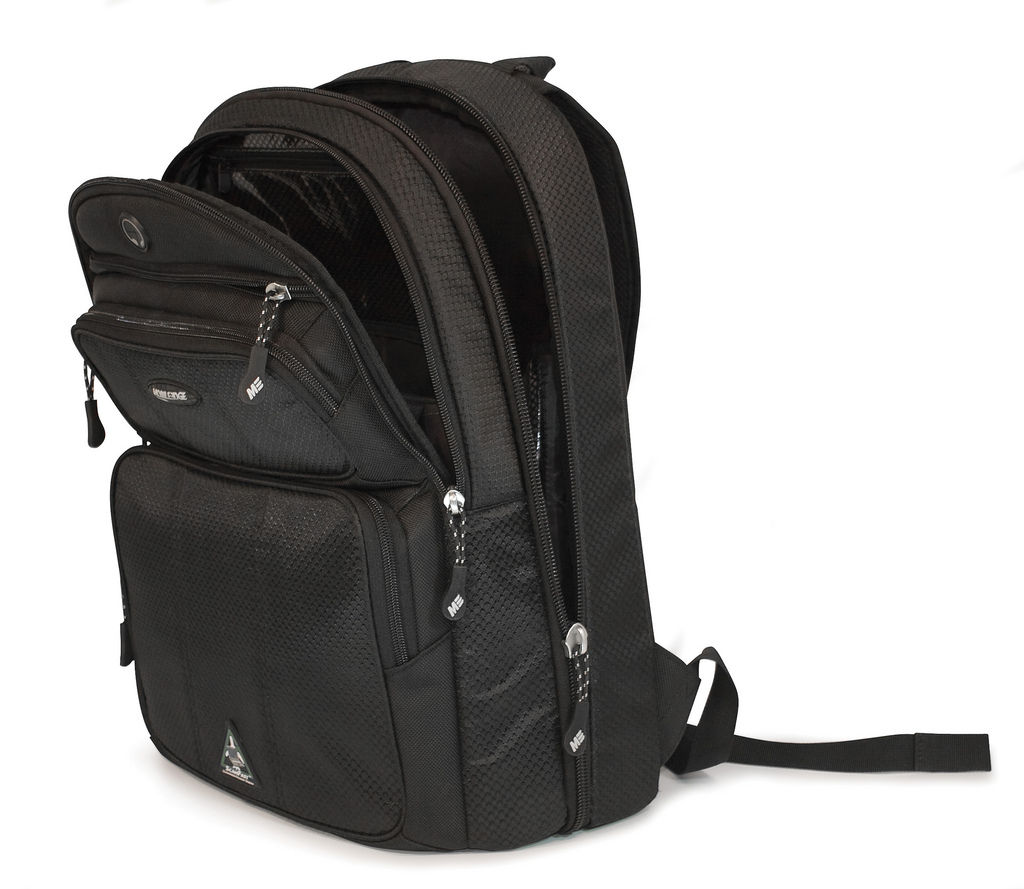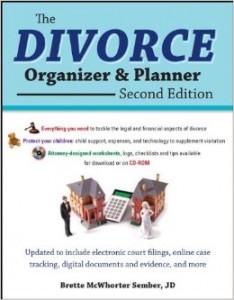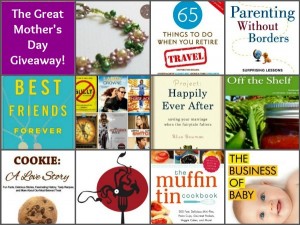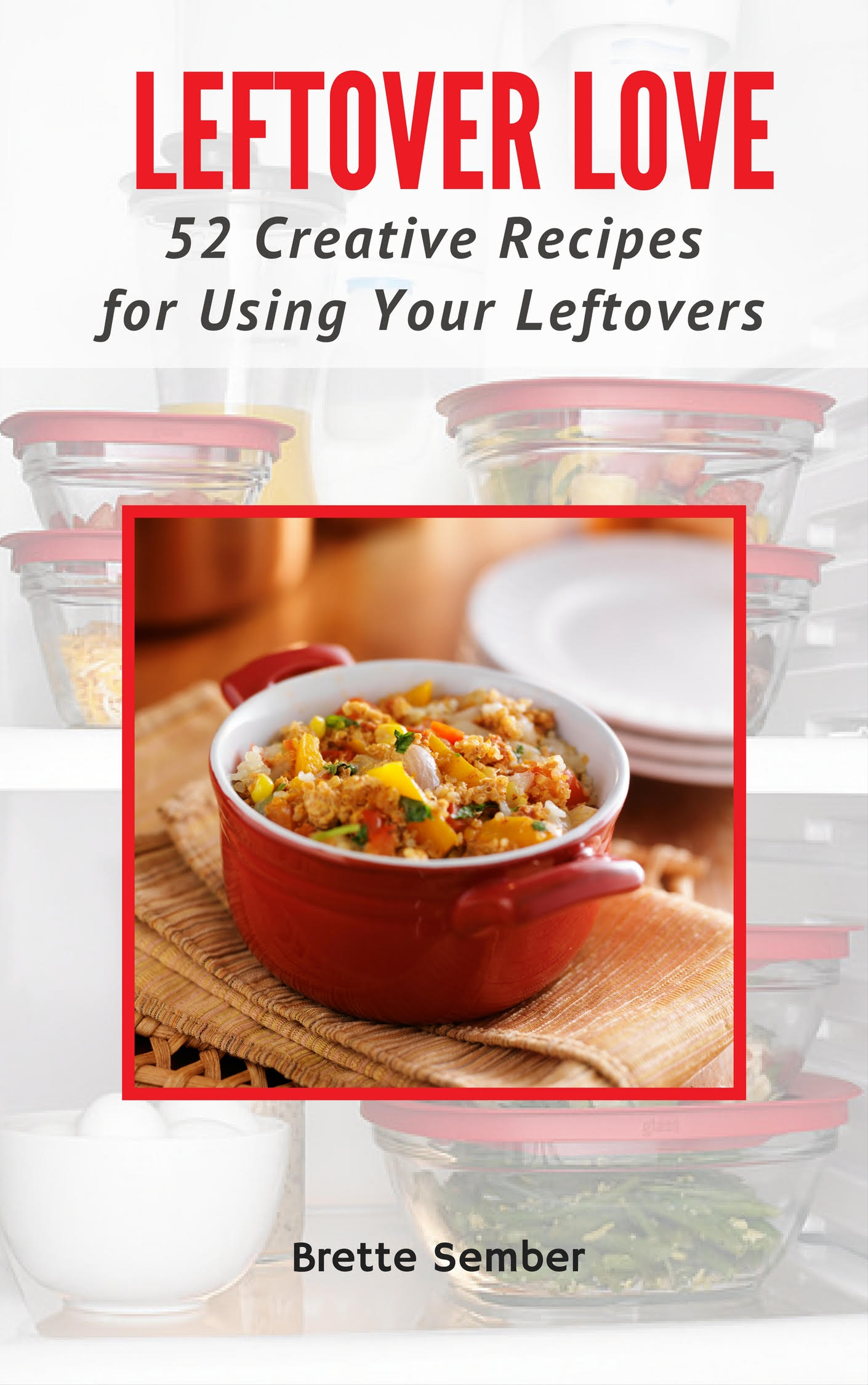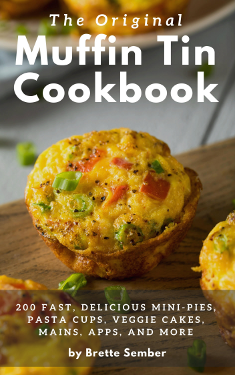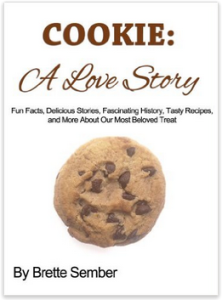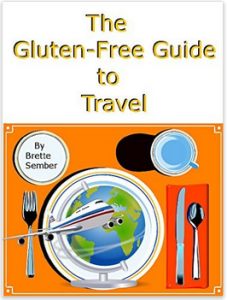in late 2012 I learned I was gluten and lactose intolerant. It was really hard to accept at first. My first thought was that I would toe the line at home but since it is “just” an intolerance and not an allergy, I could eat the forbidden foods when dining out or at other people’s homes. I quickly learned that that wasn’t going to work. I felt so GOOD when I avoided gluten and lactose and was so, so sick when I ate them. Finally I learned to embrace the restrictions. It took a while but I learned that I can make almost anything I want at home. Eating out can be a challenge, but is manageable, particularly as more and more food professionals become aware of food intolerances (the only things missing in my home repertoire of substitutes are puff pastry and filo dough).
My husband soon admitted that he too was gluten and lactose intolerance (after eating LF and GF at home for months he succumbed to pizza at the office and had to admit it. A few later experiments with salad dressing drove the point home even harder to him). It’s easier having someone else in my boat, so to speak.
Once I had this figured out, I thought I was home free. Cup4Cup flour and Lactaid and away I went.
The universe laughed at me. This fall, my mother-in-law ended up in the hospital and then a nursing home and then hospice. I took on the job of feeding my father-in-law several nights a week. His biggest request was soup, so as I posted here on the blog, I began my fall soup fest, making 2-3 batches of soup a week. And I suddenly I began to feel sick again. I ripped the house apart, searching for what I was sure was a hidden source of gluten. I called every manufacturer of every OTC or prescription drug, cosmetic, and health product I was taking or using. I read the ingredients on every item in my pantry. I could not solve the problem, but I knew something I was eating was making me very sick.
My first stop was to pay for food intolerance testing through a functional medicine doctor, none of which (visits or tests) were covered by insurance. I walked away with a detailed list with one food to never eat (black beans – something I never eat anyhow), foods to avoid for 3 months (which included chicken, which I was eating probably 4 times a week, and things like basil and cantaloupe) and foods I should only eat every 4 days (including baker’s yeast and egg whites). The theory was I had leaky gut syndrome and these foods were creating an inflammatory reaction in my body, leading to my GI symptoms and worsening my autoimmune interstitial cystitis (basically an angry bladder). I was SO excited to have a possible solution. I stuck to the diet and took the supplements that were supposed to help me. If anything, I continued to get worse. Nothing was helping.
I suddenly remembered an article I had read in Gluten-Free Living about a special diet for people who were gluten-free but suddenly sick again. It’s called the FODMAP diet. The theory behind it is that there are certain sugars/carbohydrates in specific foods that draw lots of water into your intestines. For some people, this gets out of control, causing severe GI symptoms. Wheat and lactose are on the list of foods that cause this and apparently it is very common that people who think they are gluten intolerant suddenly become unable to tolerate these foods as well – the thinking is you are not intolerant of the gluten itself but the sugar/carbohydrate type in it.
It was worth a try. I began the elimination diet and cut out a huge list of foods and immediately felt 100% better. It was the same feeling as when I eliminated wheat and dairy from my diet – a sudden, drastic change in my health for the better. I knew I was on to something. I then began to experiment with adding back in the 5 groups of foods back into my diet to test them. It turns out I have a pretty severe reaction to 4 of the 5 groups and have some problem foods in the 5th group.
The stunner for me was that the entire family that includes onions/garlic/beets, asparagus, cabbage, Brussels sprouts and broccoli were HUGE triggers for me. And then it hit me. I’d been making all this soup and soup ALWAYS has onion in it. I thought I was eating healthily with tons of fruits and veggies and in fact, many of these foods were making me sick. By eating soup most nights of the week, I was feeding myself one of my big triggers. It was ridiculous, maddening and really upsetting to realize I had to cut ALL of these foods out of my diet, possibly forever.
Again, when cooking at home, I found work-arounds. Cooking without onion and garlic is supremely challenging though. So many of the dishes most cooks make contain these two aromatics. I started experimenting. I learned I could eat the green tops of scallions and this became my go-to instead of onions. They work perfectly in its place and add a nice green color as well. That was simple. Garlic is harder, but the scallion tops are an ok substitute. Horseradish works to give me a bite when I need it and I’ve also found that Dijon mustard is also a good alternative.
It is hard to deal with the loss of so many of my favorite fruits and veggies: broccoli was on our table twice a week. Now I still make it for the family, but I eat something else (cauliflower is a good substitute). Apples were my go-to fruit (so portable and perfect!), but they are also on my no-no list. Fortunately all berries and pears are ok for me. I haven’t yet had nectarines, peaches or plums, but those will have to be tested since they are in the polyol family. I’m not missing the galactan group so much – kidney beans, baked beans, etc. since I was never a huge fan to begin with. Cashews (my fave nut) and pistachios are out. So I’m eating pecans and almonds instead.
Once again, many prepared foods are now off the table. Spaghetti sauce has onion and garlic. Any restaurant or prepared pizza has garlic and onions in the sauce. Goodbye. Hummus has chick peas. Salad dressings have onion or garlic. Ketchup has onion or garlic powder but does not seem to bother me. I’m still learning what I can tolerate and what I can’t. Eating out has now become all but impossible. I either have to walk in with a printed, detailed list of items I can’t have (Yes, I am now THAT person) – not only must my food be gluten-free but it can’t have onions or garlic. I can most likely determine the presence of the fruits and vegetables I can’t eat myself from a menu description and my food knowledge, but I can’t order anything without checking on the onion and garlic. Even a simple hamburger might contain them. It’s stressful, frustrating and annoying that food, which was one of the big loves and hobbies in my life has now become a burden and a challenge. My woo-woo acupuncturist would tell me that the universe is asking me to learn the lesson that we must sometimes let go of the things we are most attached to, and often the hardest lessons are the most important. I say universe, you’re stinky.
So I’m moving forward, carefully filling my cart at the grocery store and more committed than ever to the fact that I have to simply accept that the best choice is to cook at home and not eat at restaurants. At a point in my life when I have less free time than ever before, I have to make time to cook real food. This new diet is forcing me to work with foods I avoided before. Swiss chard is in the crisper this week. Spaghetti squash is sitting on the counter. We’re eating more zucchini. Little by little I will find a way to move forward without feeling deprived and/or crazy. It’s all about looking for alternatives and having patience as you try them.
I would love to hear from my readers who are also dealing with food allergies, intolerances, and substitutes. What are you avoiding and how you are working around it?
in late 2012 I learned I was gluten and lactose intolerant. It was really hard to accept at first. My first thought was that I would toe the line at home but since it is “just” an intolerance and not an allergy, I could eat the forbidden foods when dining out or at other people’s … Read more →

